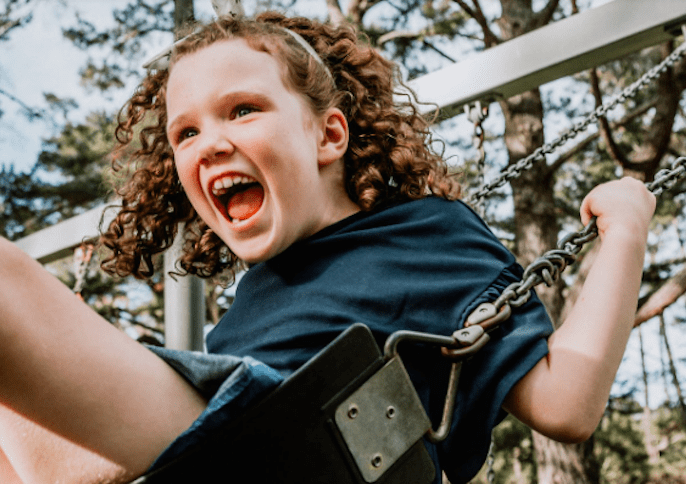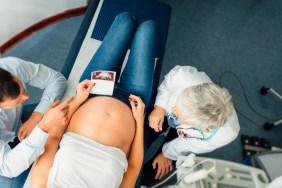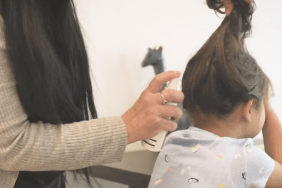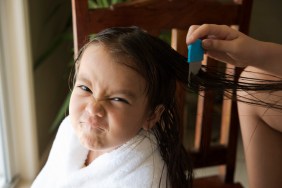This post with everything you need to know about head lice is sponsored by MOOV
Unless you are incredibly lucky, your kids will probably get head lice during their time at school. We’ve all had it once! I’ve been a teacher, and we used to regularly inspect kids’ hair in one of the schools I taught in, In fact, we used to line up kids from all the classes in each year (up to 180 at a time!) and check their hair in one session.
With that experience under my belt, I want to share with you everything I’ve learnt about head lice and what you need to know.
Everything YOU need to know about head lice.
- Itchy heads and the feeling that something is crawling on the head can be the first sign that you might have some unwanted friends in your child’s hair. But some kids never say their head is itchy and also itchiness can be other things- so it’s best to inspect!
- The first thing you should NOT do: is panic! Head lice are simple to treat. And you can even try to prevent them with preventative sprays.
- Head lice don’t discriminate – it has nothing to do with how clean (or how dirty) your hair is. Head lice need a blood supply- and it will take any scalp it can get!
- If one member of your family needs to be treated…it’s best to check everyone, as they spread by close contact eg sharing brushes, hats, combs or even snuggling up reading that long bedtime story.
- Head lice are small parasitic insects. They live on the scalp, they have 6 clawed legs (so they can hold on tight to slippery hair) and vary in colour from white to reddish brown. They cannot fly or jump.
- What we call nits are actually the eggs. They attach firmly to the hair and can vary in colour from white to dark brown when mature. They stay attached to the hair and are very hard to remove by normal brushing.
- Treating hair for head lice involves three treatments. One of the first day, one on day 7 and one on day 14. Why? Well, it’s entirely down to the life cycle of the head lice: They lay their eggs (nits) on the hair shaft around 1.5cm from the scalp. Each louse can live for approximately five weeks, but during that lifetime a female can lay up to 120 eggs. The head lice life cycle lasts 38 – 45 days, from egg to death. The life cycle of head lice begins with eggs being laid, hatching, maturation into adults, mating and egg laying after which the parent head lice die. These eggs will hatch in six to ten days continuing the life cycle until the infestation is treated and the cycle is broken.
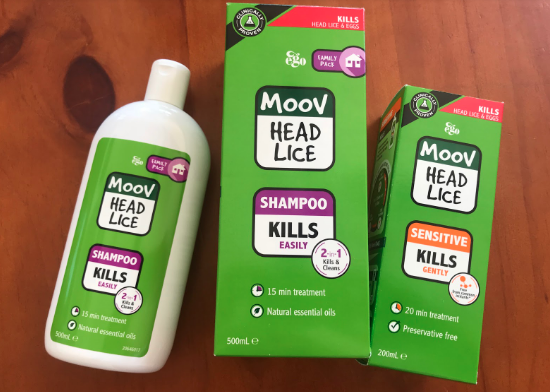
- Tell your friends! Because there is nothing to be ashamed of and telling them will mean they can inspect their child’s hair and start with a preventative treatment to help stave off infestation. They will thank you for your honesty.
- What else do you need to do? Well, lice can only live 6-24 hours without a blood supply, but I like to wash sheets and bedding in hot water anyway just in case and clean hairbrushes and combs with boiling water. Wash school hats and pop hair bands out in sunlight for a couple of hours.
- To avoid getting infested with long hair (remember I was a teacher) spray hair with a preventative treatment and braid tightly, or put into a tight bun. Basically, your goal is to have no loose hair that the lice can attach to.
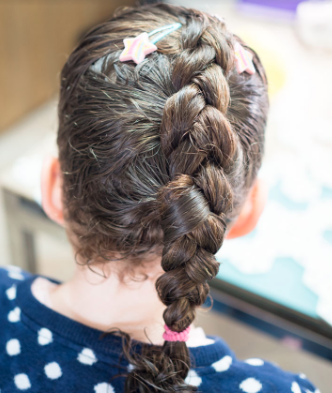
Check out the MOOV Head Lice range of treatment and preventative options here.
